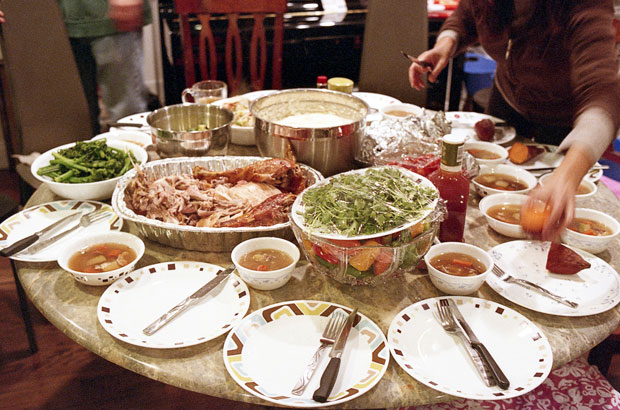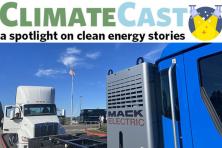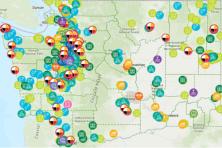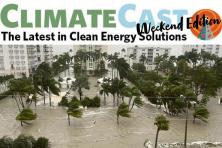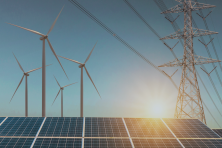This Holiday, Try to Talk Climate with Your Concerned Cousin in the Kitchen
I’ve always loved maps--the “geography” blue pie pieces are my favorite ones while playing Trivial Pursuit. For me, maps can convey stories and create intrigue.
The Yale Center for Climate Communications has a wonderful set of maps on their website presenting crucial data and research in a visually compelling way. I was down a rabbit hole on their site one day, and a part of the story on climate action struck me. It's something that we’ve long known, but when you look at the maps, this fact is stark: most everyone agrees that we have a giant problem... but no one wants to talk about it.
Here's an example with Washington State, but go to the Center's website and you’ll see the story is about the same all over:
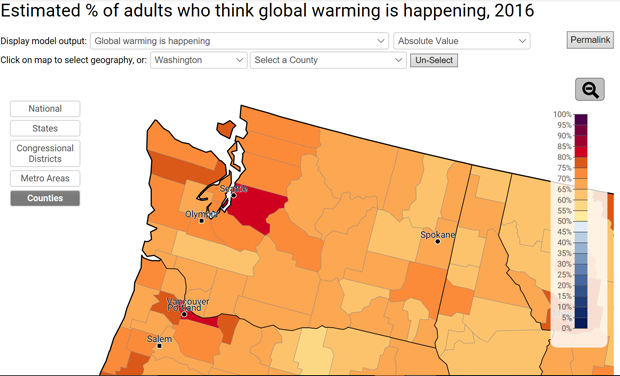
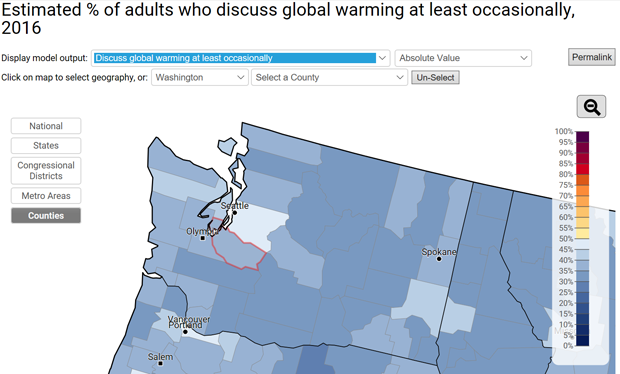
What these maps confirm is we’re freaked out and anxious. Who wants to think about an existential threat?
We need to have more climate conversations -- but saying that implies we might be out to convert people that don’t believe us, and to have a conversation you have to arm yourself with facts and be ready for endless debate like the one we see with the talking heads on TV.
I’m not out to convert any deniers over to be believers, as there isn’t enough time on the clock. I’m most interested in the folks that are the largest slice of the “Six Americas” --- those folks that are convinced we have a problem but not so sure we can solve it.
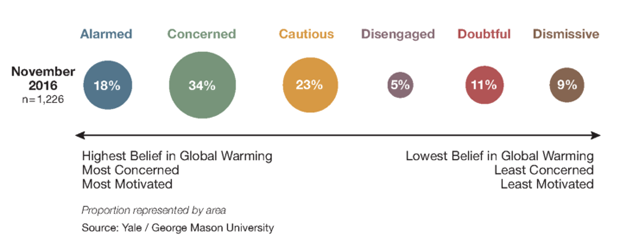
When folks asking me “what can I do about climate change?” my first answer is now, “let’s talk about it... as if we’re talking about and naming a problem whose existence we’re no longer collectively denying.”
A search on the Internet any day will yield a long and overflowing buffet of research, tips, experts and studies about how to talk about the climate issue to any possible audience. There are no easy tricks or sneaky ways in—we’re talking about an existential threat here. Here’s what I’ve been trying out:
Step 1: Decide that I Don’t have to be Debbie Downer
You might remember the Saturday Night Live character who always brought up the depressing news or glass half-full perspective while at parties. Recently I decided to bring up climate over coffee with some parents/friends who were hanging out while our kids all had a playdate. I thought, yes, I’m going to take the leap and possible be Debbie Downer here.
Turned out, I wasn’t. My friends and these parents wanted to talk about it too. And, it got better when we got the solutions/we can still do this (see Step 5 if skipping ahead).
Step 2: Start by talking about the weather
I like talking about the weather, as everyone experiences it so it’s a shared frame of reference. Weather is not climate and climate is not weather. But the weather is an easy way to break the ice, bond over whatever is happening right there, and (no pun intended) take the temperature for a broader conversation. Often, folks will add or offer “doesn’t feel like it used to” or something along though lines.
Step 3. Acknowledge anxiety
If the conversation does pivot to climate change or something being off, I then lean on the oodles of research on the human psychology the creates anxiety about global warming (Renee Lertzman has a lot of writing on this, and a fascinating book I’ve recently dug into is Don’t Even Think About It).
Based on that research, I’ve started to add to my conversations early on, “I get that it can make you feel anxious. I know I do at times.” Usually when I offer this, it’s like a release valve and it feels like the other person and I have finally named the elephant and now we can talk for real. Try it and see. I like Renee’s perspective on this in a recent post:
“This is about how humans construct a life full of competing needs, desires, aspirations and worries, and how easy it is to allow our limbic system – brain structures that govern fear, anxiety and survival – to drive the bus. . .The limbic system is currently on overdrive in our country.”
Naming the problem of 'the limbic system in overdrive' can get the other parts of our brains and hearts back in the driver’s seat for the conversation.
Step 4: Try to Make a Personal Connection
Yale’s research shows that on the “Six Americas” spectrum, people are far more motivated to solve a problem if they think they’ll be personally impacted by it. The below two maps help tell that story: take a look at Oregon—where a majority of folks think our country will be harmed (it’s even deeper belief that other countries will be), but very few want to believe they’ll be personally impacted:
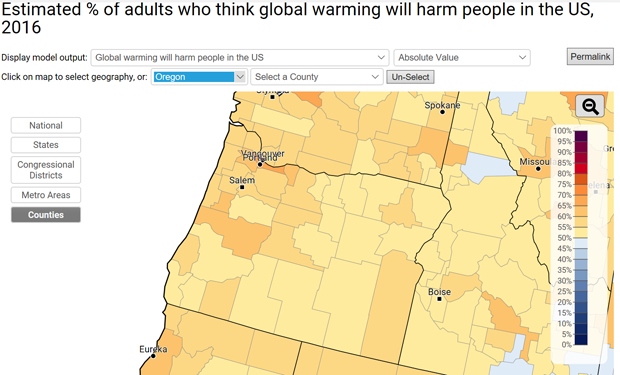
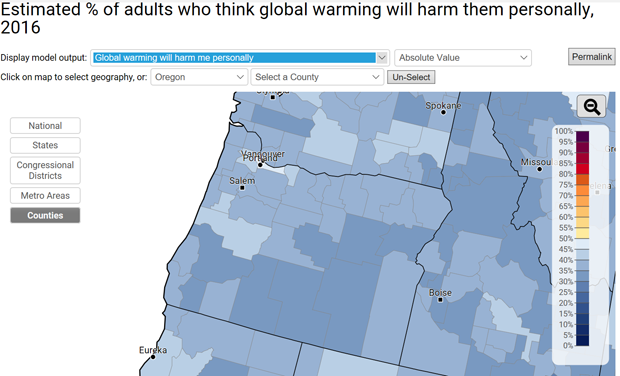
So we need to talk about impacts that will likely be showing up in our lives. That might mean local impacts like increased fierceness and frequencies of forest fires. Many folks in urban areas experienced smog and ash this summer, wafting over the landscape from sometimes-distant fires directly affecting rural and forested areas—so let’s talk about that. Many of us had friends or family impacted by the hurricanes this summer. There are ways to talk about impacts that draw that closer connection, and hopefully make more realize this isn’t just about polar bears and far-off ice caps.
But, in drawing that personal connection to climate impacts, we don’t want to freak people out! If so, go back to Step 3.
Step 5: Talk about solutions
The confidence gap is real, as we don’t necessarily see solutions every day (though we do more and more—my son loves spotting electric vehicles while on road trips; he sees several almost every time now. And a study found that going solar can be contagious), and the fossil fuel industry spends lots of time and resources to seed doubt in the clean energy revolution already happening.
This confidence gap is especially real with the “concerned” Six Americas audience. We need a double helping of solutions and stories of success. There are lots of them all around us, ready to go, happening now and if we can scale them up and accelerate them we can still have thriving communities and a safe planet.
There are far too many resources to list them all here (though I would encourage you to check out ClimateCast, our bi-weekly curated summary of the latest in clean energy news), it’s also important to convey that you don’t need to have all the answers to have a conversation about a problem you’re concerned about with someone in your community and life. I love these suggestions from Grist of telling stories of success vs. memorizing facts. There are also many incredible sites, including The Solutions Project, Climate Solutions for a Stronger America, and Climate Nexus.
Step 6. Go from there, try and again, ask others to do the same
This holiday, don’t worry about talking climate with your denier dad. Let’s start with the folks that are with us but not wanting to talk about the problem. It might be you can broach the topic while in the kitchen with your concerned cousin. My colleague KC Golden has a great post about the need to get the choir singing so let’s start there and keep going.
Will we solve a global problem one conversation at a time? No, we have lots of work to do in addition to accelerate clean energy solutions at a large scale fast enough to head off the worst of the climate impacts. But step one in acknowledging you have a problem is to talk about it, and we need to do that here with others that also want to talk, but might be a little unsure if there’s hope.
We can all share there is hope and for that we can be thankful. We just need to talk about it.
